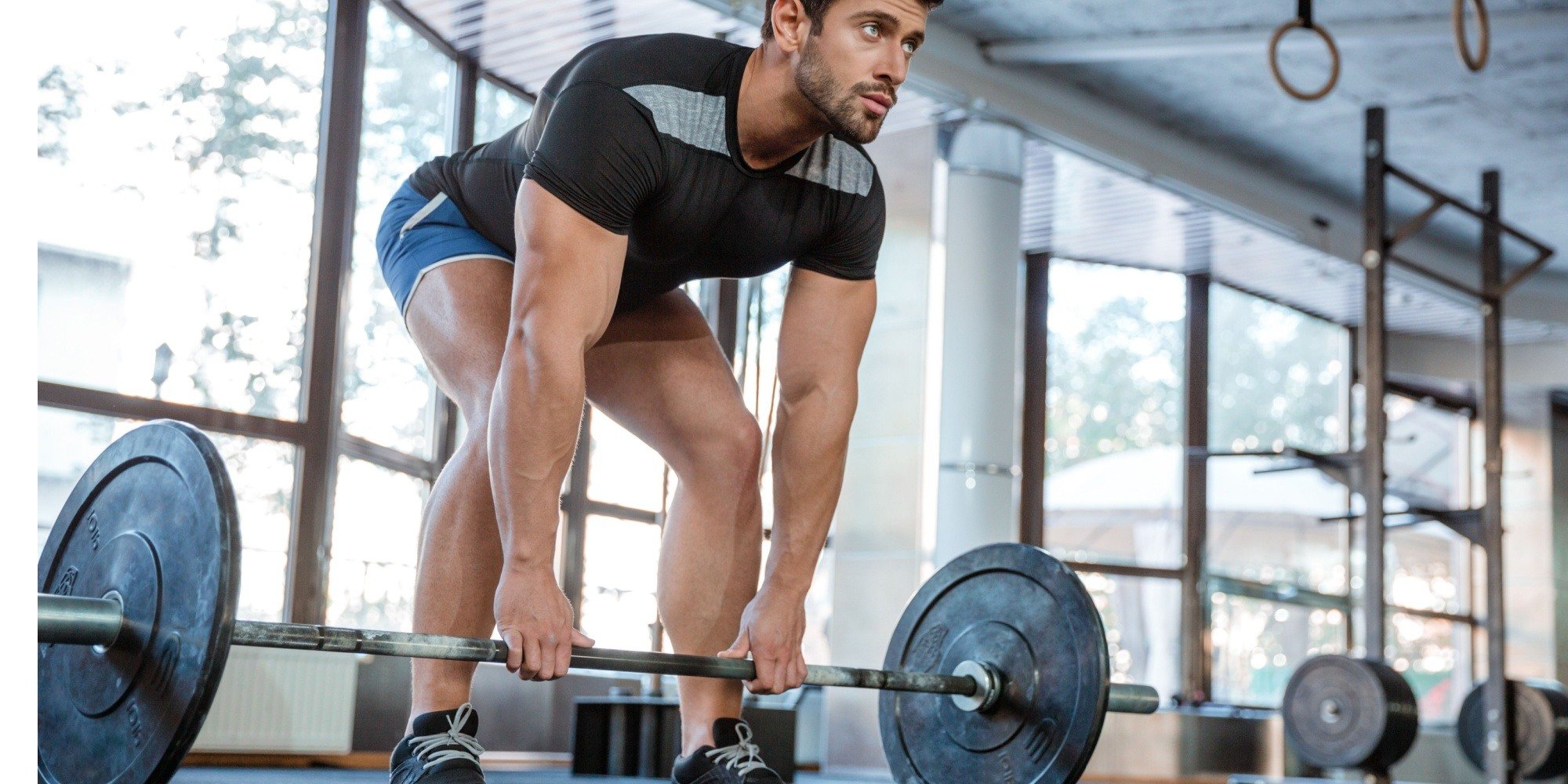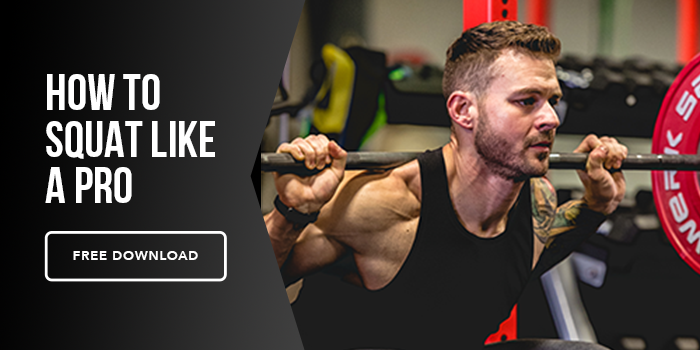You can’t turn a strength building program into a fat burning program just by doing 20 v-sits between sets of bench press. It’s a little more complicated than that.
If your primary goal is to burn fat while building strength, you need a science-backed strategy. Here’s how to structure a fat-burning lifting program without turning it into a Zumba class.
1. Prioritize Compound Movements
Forget spending your entire session on machines or isolation exercises. Compound lifts—squats, deadlifts, presses, and rows—should be the foundation of your program.
Why?
-
They work multiple muscle groups at once, leading to a higher calorie burn.
-
They stimulate more muscle growth, increasing your resting metabolic rate.
-
They trigger a bigger hormonal response, including growth hormone and testosterone, which aid in fat loss.
Your program should revolve around the big lifts, with isolation movements acting as accessories—not the main event.
2. Don’t Lose Sight of the Big Picture
Resistance training’s primary goal is to build muscle. That means most people should spend a decent amount of time focusing on technique, movement patterns, and strength development with heavier weights and longer rest periods. Strength training is about progressive overload and getting stronger—not just chasing calorie burn.
That said, if fat loss is your focus for this phase of your training, you can reshape your program for a period of time to burn more calories while still maintaining muscle. Just keep in mind that calorie burn from training is far less efficient than simply adjusting your diet. Lifting for fat loss should be a strategic phase — not the default way you train year-round.
With that disclaimer out of the way, let’s dig deeper into how to optimize your training for fat loss.
3. Use Challenging Weights with Short Rest Periods
Traditional strength training uses longer rest periods (2-5 minutes), but if fat loss is your goal, you need to keep your heart rate elevated.
-
Stick to moderate to heavy weights (70-85% of your 1RM) to maintain muscle mass.
-
Keep rest periods between 30-60 seconds to maximize calorie burn.
-
Aim for 8-15 reps per set, balancing hypertrophy with metabolic demand.
This is the primary difference between a metabolic training phase and a strength or hypertrophy phase! You don’t need to rethink how you exercise. Most variables will remain the same! Simply reduce rest times.
4. Incorporate Supersets and Circuits
Want to burn more fat while lifting? Move more, rest less.
Supersets (pairing two exercises back-to-back) and circuits (multiple exercises performed consecutively) are great for increasing training density while keeping your heart rate high.
Example:
-
A1: Squats (8-10 reps)
-
A2: Pull-Ups (AMRAP)
-
Rest 30 seconds, repeat 3-4 rounds
This approach burns more calories, builds endurance, and keeps workouts efficient.
5. Train More!
Lifting once or twice a week is great, but for maximum fat loss, aim for 3-5 lifting sessions per week.
Why? During these metabolic phases, our goal (along with fat loss) is to increase our work capacity. By doing full-body workouts 3-5 times per week, we are priming ourselves to handle more work in the long run. This means that when we return to a strength or hypertrophy phase, we’ll recover better, burn more calories, and continue making positive adaptations while avoiding excessive fatigue.
So, not only will increasing our output during this phase help us burn more fat now, but it will also set us up to burn more fat in upcoming programs!
If there’s ever a time to push the upper limits of exercise frequency, it’s during these metabolic phases. Why? The reps are generally a little higher, and our weights are a little lower (due to decreased rest times), so our joints will be in a better environment to take on that additional workload.
6. Add Strategic Cardio (Without Overdoing It)
Cardio has its place, but if you overdo it, you risk losing muscle mass.
For fat loss, the best approach is:
- Short HIIT sessions (2-3x per week) – Sprints, sled pushes, and battle ropes for metabolic conditioning.
- Low-intensity steady-state (LISS) on rest days – Walking or incline treadmill to aid recovery without impairing strength gains.
Remember, strength training should be your priority. Cardio is just a tool.
7. Dial in Your Nutrition
Even the best training program won’t work without proper nutrition. To optimize fat loss while weightlifting:
-
Eat enough protein (1g per pound of target weight) to preserve muscle.
-
Control calories – You need a calorie deficit, but not an extreme one.
-
Prioritize whole foods – Lean proteins, complex carbs, and healthy fats will fuel your workouts and recovery.
Dialing in nutrition ensures that you’re losing fat—not muscle.
8. Track Progress and Adjust
Fat loss isn’t just about watching the scale. Track these metrics instead:
- Performance (are you completing your exercises and feeling strong while doing them?)
- Progress photos (do you look leaner?)
- Measurements (are you clothes fitting better or looser?)
If your performance takes a dip, you might be doing too much or eating too little. If you look the same as you did two months ago or your clothes aren’t looser, it might be time to cut the calories a little more. The scale is a tool, but it doesn’t tell the whole story. Analyze your performance and assess your progress photos and measurements. They can tell you a lot.
The Bottom Line
✔ Prioritize compound lifts for maximum calorie burn.
✔ Train with challenging weights, short rest periods, and high intensity.
✔ Use supersets and circuits to keep your heart rate elevated.
✔ Lift 3-5x per week while managing recovery.
✔ Add strategic cardio—but don’t overdo it.
✔ Fuel your body with proper nutrition to preserve muscle.
✔ Track progress and adjust based on real results.
✔ Strength training is about building muscle first—fat loss should be a structured phase, not a permanent goal.
If you’re serious about burning fat while building strength, this is how you do it. Pick up the weights, train with intention, and let the results speak for themselves.






